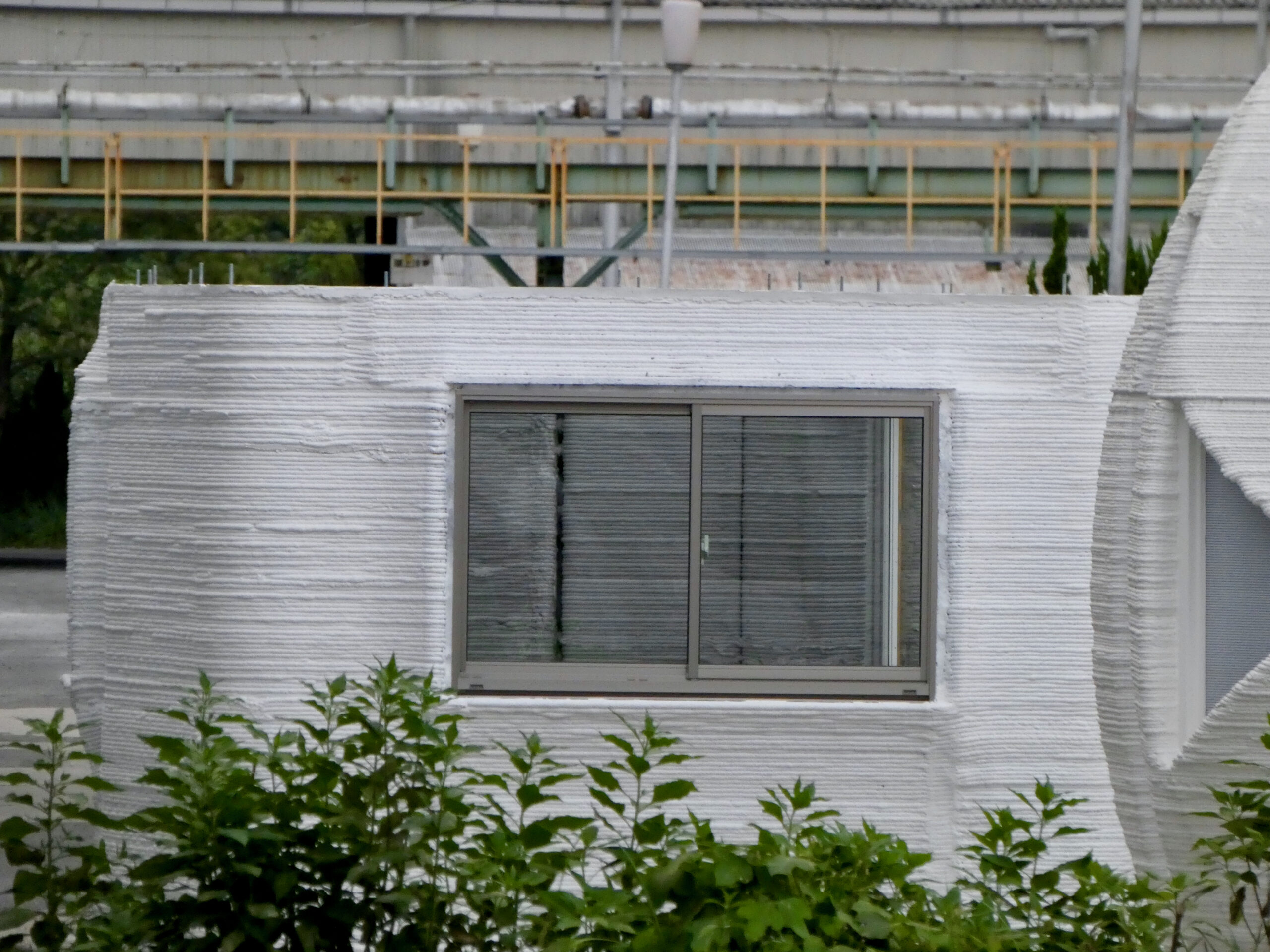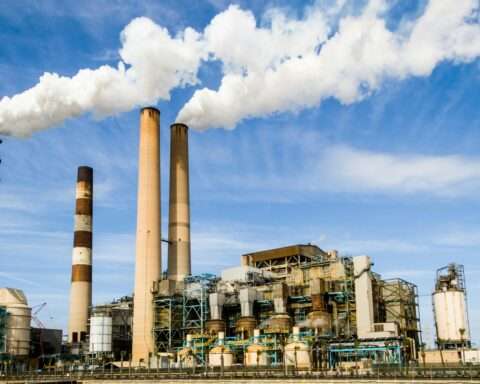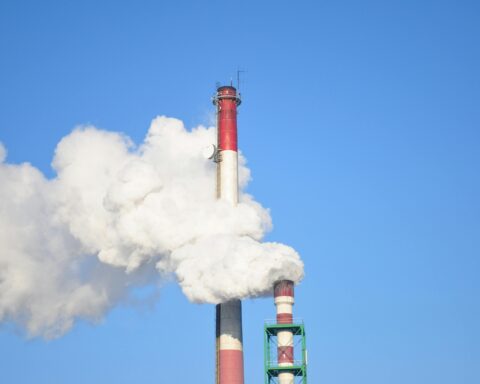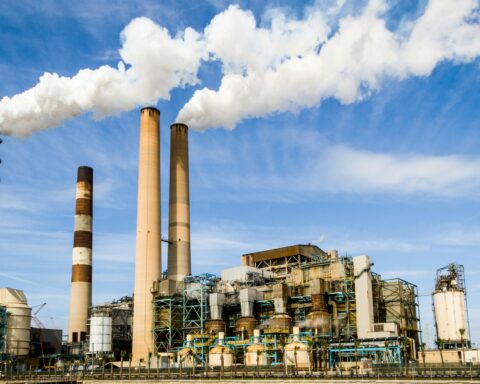The 3D printing of concrete for construction already helps to minimize the environmental impact associated with the projects it’s used for, but there’s still more work to do to make the process more environmentally friendly.
Researchers at the University of Virginia are taking on that challenge by developing a more sustainable, printable cementlike composite.
Current 3D printable materials rely heavily on traditional concrete materials like Portland cement to fulfill the demands of the manufacturing process, ensuring requirements such as extrudability and buildability.
RELATED: New York issues ‘Buy Clean Concrete’ mandate
But the production of Portland cement has a huge environmental impact, which itself accounts for about 9% of humanity’s total CO2 emissions. During the process, limestone is baked at up to 2,640 degrees Fahrenheit in kilns fired by fossil fuels.
For the new 3D printing material, a combination of graphene with limestone and calcined clay cement (LC2) is used, offering enhanced strength and durability while also significantly reducing carbon emissions.
“Our goal was to design a printable concrete that performs better and is more eco-friendly,” says Osman Ozbulut, a professor at UVA’s Department of Civil and Environmental Engineering. “The addition of graphene to LC2 cement offers a unique opportunity to lower carbon emissions while maintaining the strength and flexibility required for 3D printed construction.”
UVA says a key aspect of the research was a Life Cycle Assessment (LCA), which evaluated the impact of the materials. The assessment revealed that this graphene-enhanced LC2 concrete could see a reduction of greenhouse gas emissions by approximately 31% compared to the traditional 3D printable concrete mixtures.
“Being able to see the full environmental footprint of this new concrete was important,” says Zhangfan Jiang, a postdoctoral researcher the Department of Civil and Environmental Engineering who conducted the LCA in collaboration with UVA professor Lisa Colosi Peterson. “It not only exhibits better mechanical performance but also has a lower environmental impact, making 3D concrete construction technology more sustainable compared to traditional 3D printing methods with higher carbon emissions.”
“It’s rewarding to see science push us toward greener building practices,” says Colosi Peterson.
To read more on the research behind this project, click here.
Photo courtesy Kyu3













